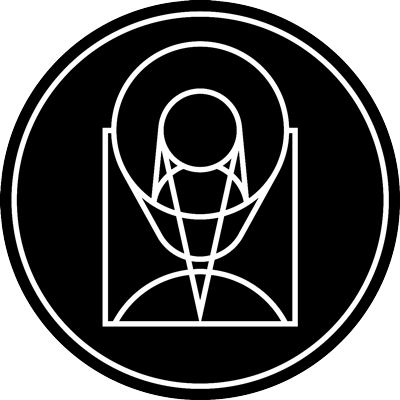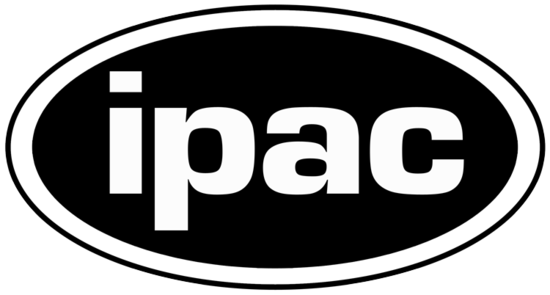HAWK-I and Hubble Explore a Cluster with the Mass of two Quadrillion Suns

eso_potw1752a December 25th, 2017
Credit: ESO, ESA/Hubble & NASA
This image shows something spectacular: a massive galaxy cluster that it is warping the space around it! The cluster, whose heart is at the centre of the frame, is named RCS2 J2327, and is one of the most massive clusters known at its distance or beyond. Massive objects such as RCS2 J2327 have such a strong influence on their surroundings that they visibly warp the space around them. This effect is known as gravitational lensing. In this way, they cause the light from more distant objects to be bent, distorted, and magnified, allowing us to see galaxies that would otherwise be far too distant to detect. Gravitational lensing is one of the predictions of Einstein's theory of general relativity. Strong lensing produces stunning images of distorted galaxies and sweeping arcs; both of which can be seen in this image. Weak gravitational lensing, on the other hand, is more subtle, hardly seen directly in an image, and is mostly studied statistically — but it provides a way to measure the masses of cosmic objects, as in the case of this cluster. This image is a composite of observations from the HAWK-I instrument on ESO’s Very Large Telescope and the NASA/ESA Hubble Space Telescope’s Advanced Camera for Surveys. It demonstrates an impressively detailed collaborative approach to studying weak lensing in the cosmos. The study found RCS2 J2327 to contain the mass of two quadrillion Suns! The diffuse blue and white image covering the picture shows a mass map. It is connected to the amount of mass thought to be contained within each region. Links: Galaxy Cluster RCS2 J2327 Comparison image: HAWK-I and Hubble Explore a Cluster with the Mass of two Quadrillion Suns Paper by Schrabback et al.
Provider: European Southern Observatory
Image Source: https://www.eso.org/public/images/potw1752a/
Curator: European Southern Observatory, Garching bei München, Germany
Image Use Policy: Creative Commons Attribution 4.0 International License

- ID
- potw1752a
- Subject Category
- D.5.5.3
- Subject Name
- RCS2 J2327
- Credits
- ESO, ESA/Hubble & NASA
- Release Date
- 2017-12-25T06:00:00
- Lightyears
- Redshift
- Reference Url
- https://www.eso.org/public/images/potw1752a/
- Type
- Observation
- Image Quality
- Distance Notes
- Facility
- None, Very Large Telescope, Hubble Space Telescope, Hubble Space Telescope
- Instrument
- None, HAWK-I, ACS, ACS
- Color Assignment
- Blue, Blue, Green, Red
- Band
- Optical, Optical, Infrared
- Bandpass
- -, Ks, I, B
- Central Wavelength
- 435, 814, 2146
- Start Time
- Integration Time
- Dataset ID
- Notes
- Coordinate Frame
- ICRS
- Equinox
- J2000
- Reference Value
- 351.865583937, -2.07417818567
- Reference Dimension
- 4036.0, 4013.0
- Reference Pixel
- 2018.0, 2006.5
- Scale
- -1.38983481105e-05, 1.38983481105e-05
- Rotation
- -47.019999999999996
- Coordinate System Projection:
- TAN
- Quality
- Full
- FITS Header
- Notes
- Creator (Curator)
- European Southern Observatory
- URL
- http://www.eso.org
- Name
- Telephone
- Address
- Karl-Schwarzschild-Strasse 2
- City
- Garching bei München
- State/Province
- Postal Code
- D-85748
- Country
- Germany
- Rights
- Creative Commons Attribution 4.0 International License
- Publisher
- European Southern Observatory
- Publisher ID
- eso
- Resource ID
- potw1752a
- Resource URL
- https://www.eso.org/public/archives/images/original/potw1752a.tif
- Related Resources
- Metadata Date
- 2017-12-21T11:27:19+01:00
- Metadata Version
- 1.1
Detailed color mapping information coming soon...












